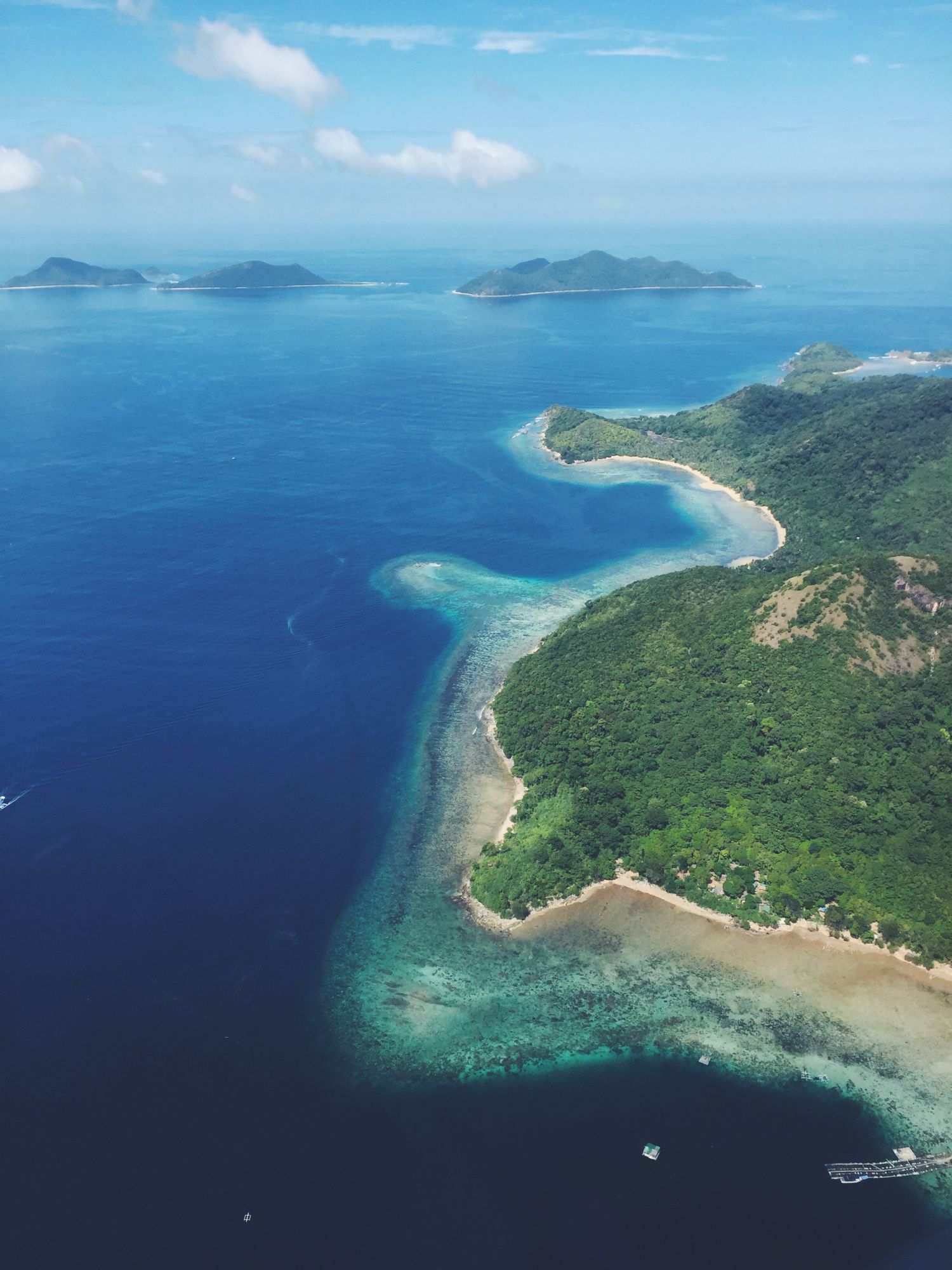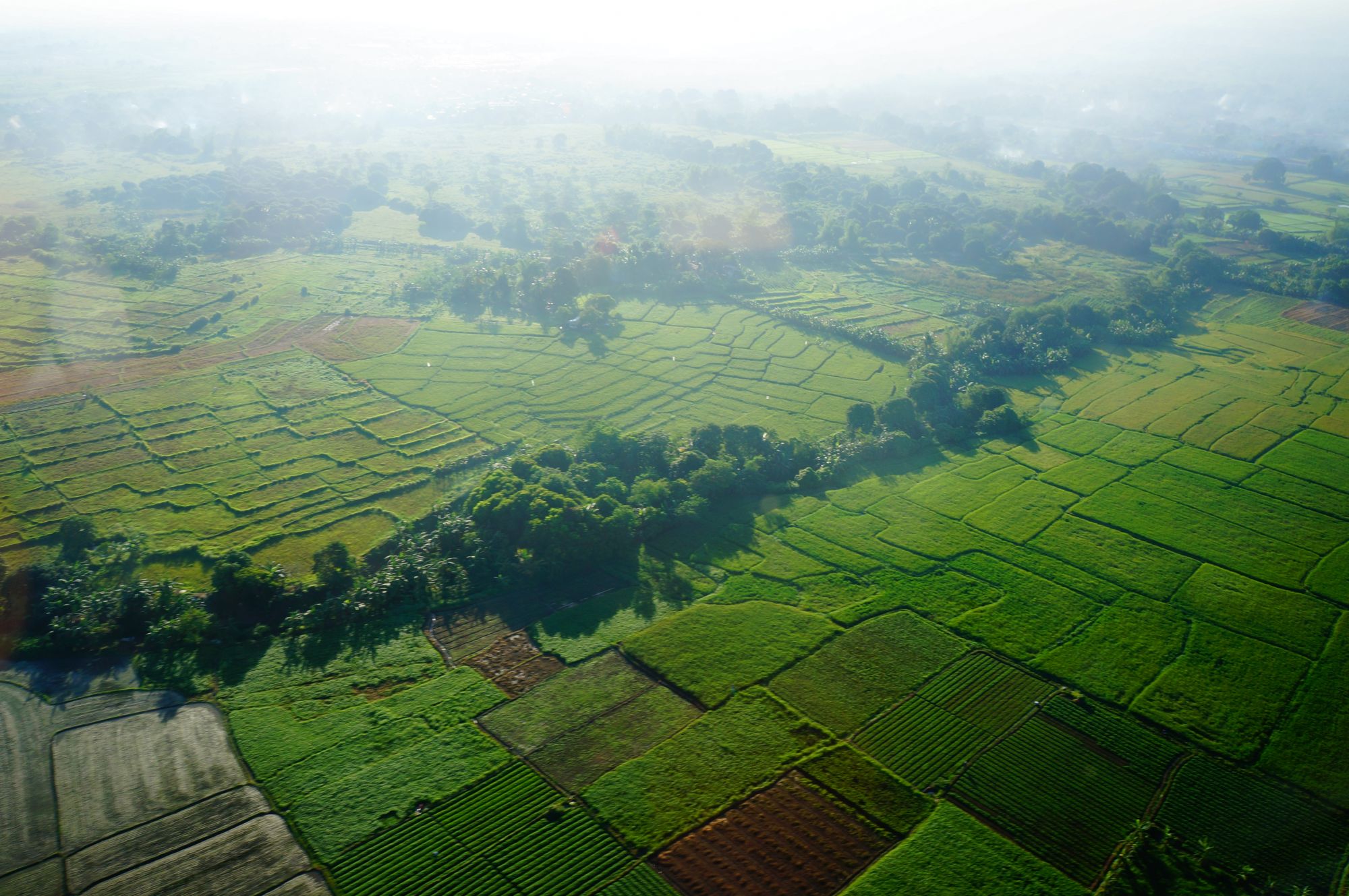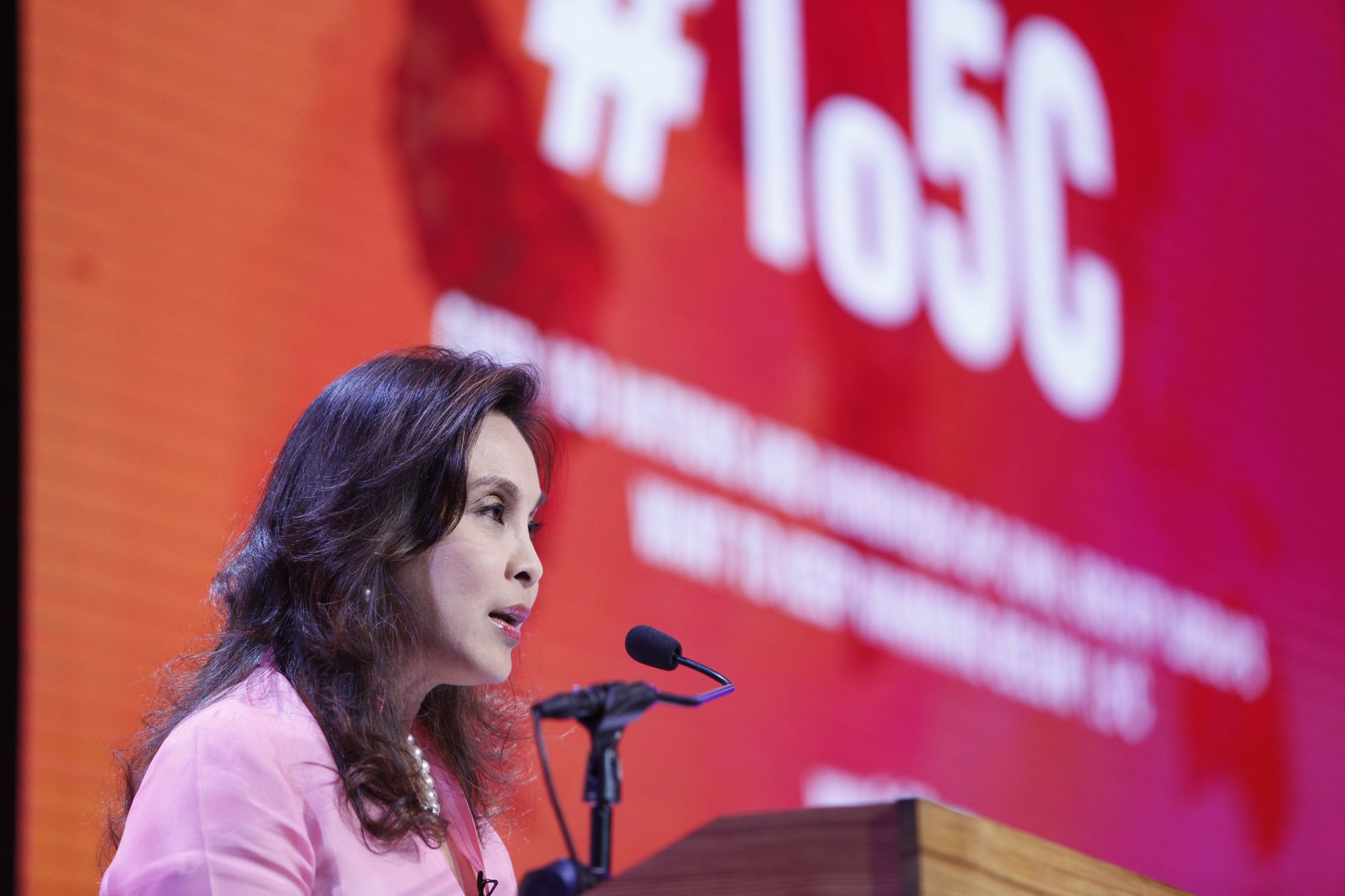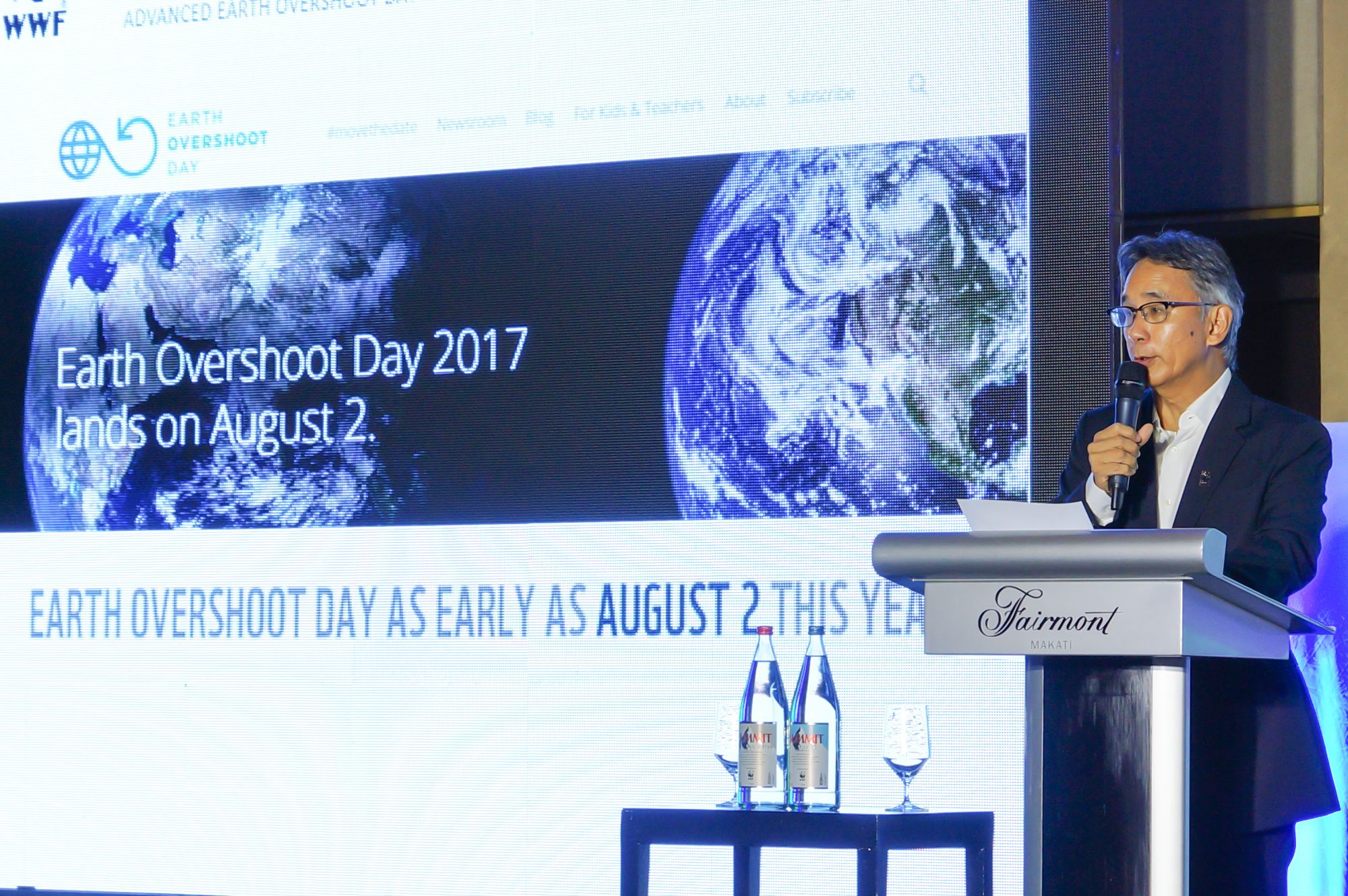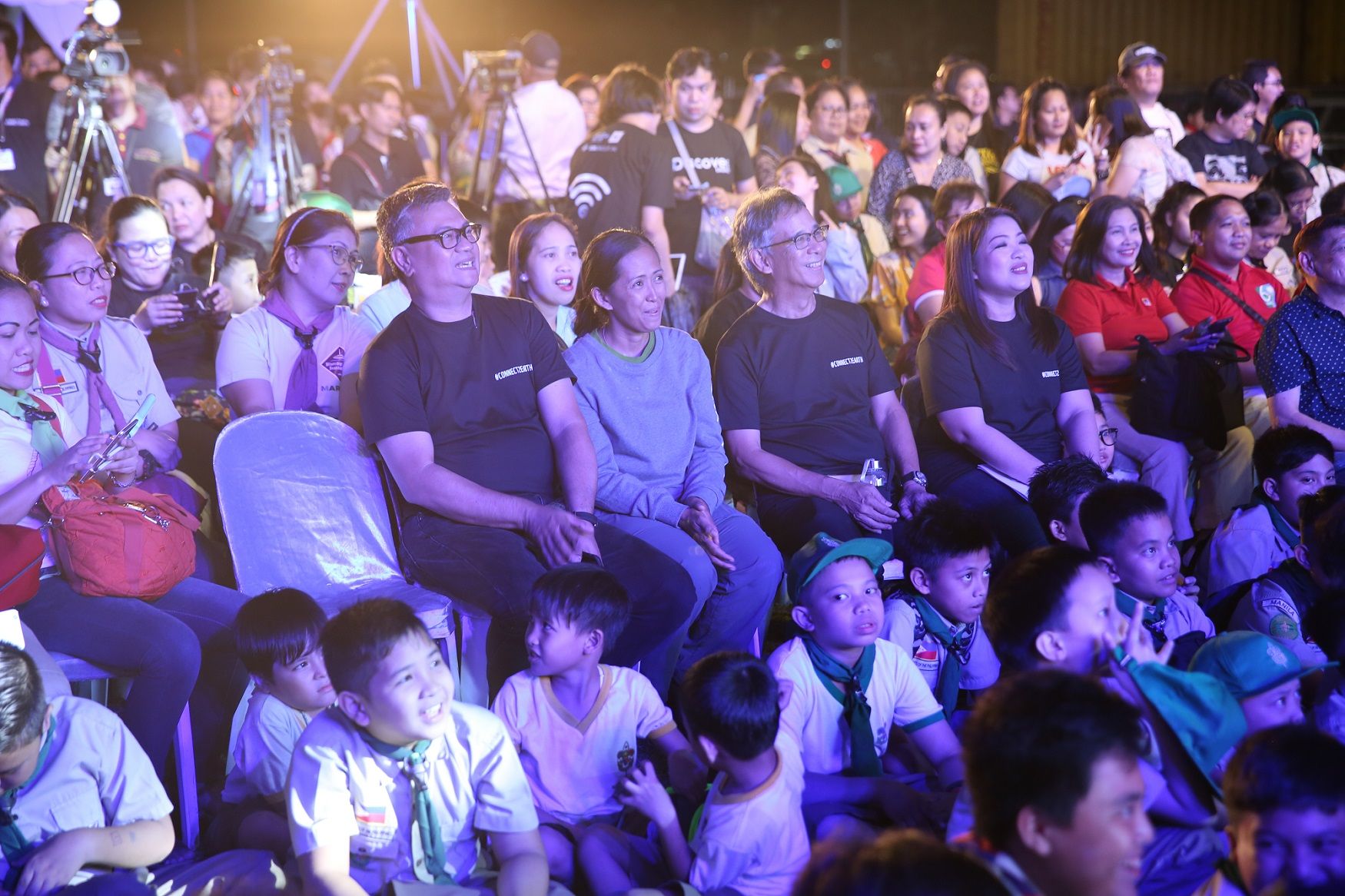The Earth is a ticking time bomb, and the calamities we now face are teasers of what’s to come
Deafening silence loomed over the night of 14 September as Filipinos braced for the landfall of the world’s strongest cyclone of 2018. Before the clock strikes 12 and Typhoon Mangkhut unleashes its horror in some parts of the country, flights were cancelled, classes suspended, work operations dismissed earlier than usual. In the metro, there were few brave souls who risked the streets doing their last-minute businesses and reveries. Those families tuned in to news—ever since the cyclone’s entrance to the country’s area of responsibility—took refuge inside their homes, trying to reach relatives from the north where the typhoon is expected to hit hard. Seldom you would hear the rumbles of vehicles from the road and neither there was a sound from the sky, as if the malevolent storm is still gathering strength despite its already horrendous intensity.
At 1:40 A.M. (Philippine Standard Time) 15 September, Typhoon Mangkhut (locally known as Ompong) made landfall on Baggao, Cagayan, wreaking havoc with maximum winds of 205 km/h and gustiness of up to 285 km/h. Its diameter of 900 kilometres was enough to engulf most of the Philippines. Thousands of residents in Cagayan and Isabela have been evacuated days prior to the arrival of the typhoon yet there were still those who chose to remain and fortify their homes, making them front row-seat witnesses to the viciousness of Mother Nature.

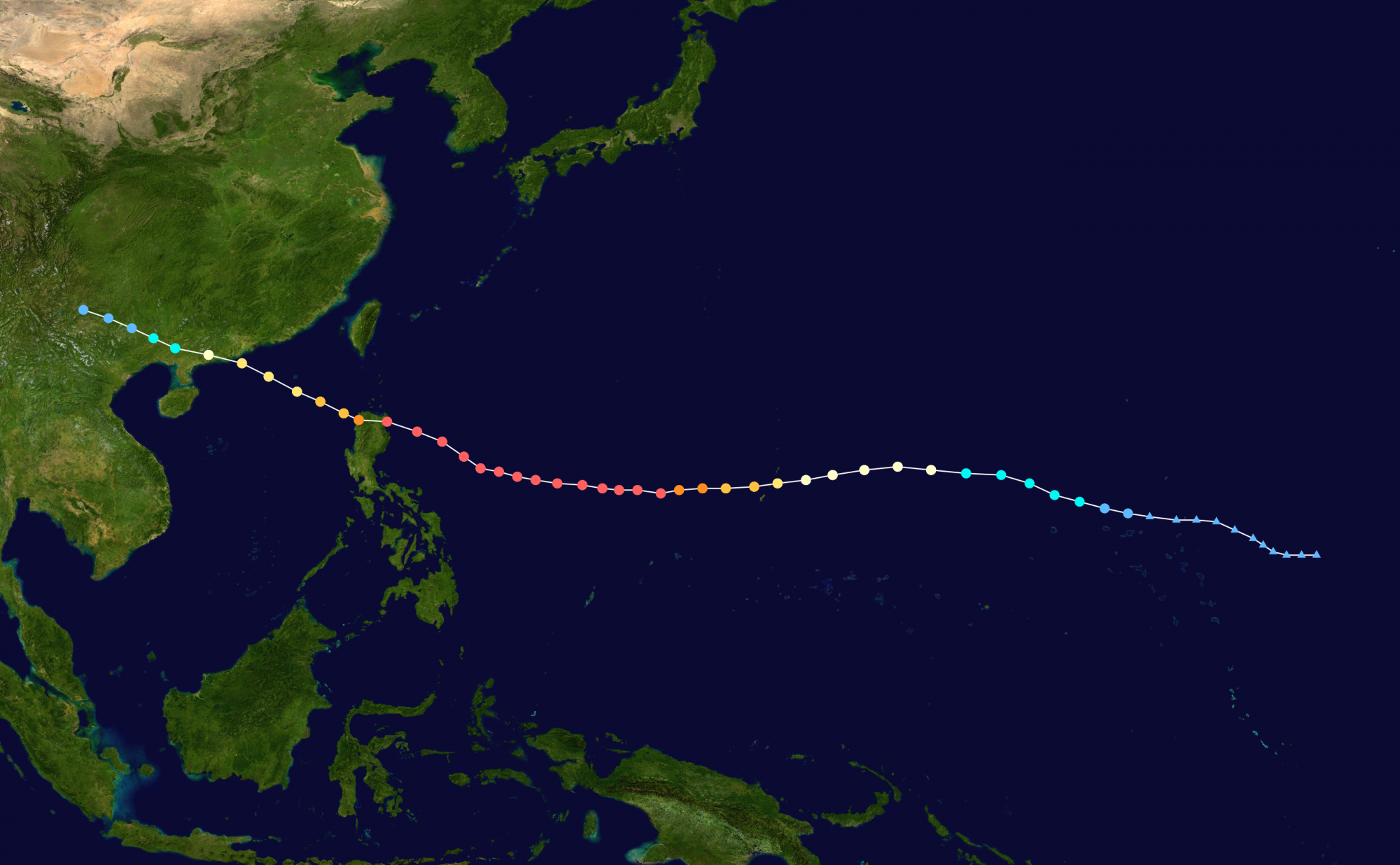
The scenes were reminiscent of the tragedy of 2013. The only difference was Typhoon Haiyan (locally known as Yolanda) was stronger, and nobody expected the damages it would cause. We were betrayed by our own knowledge and prejudice. And heartbreakingly, 6,340 souls paid the price.
“Nature is only reacting to what we do,” Jewelmer Joaillerie’s EVP and Deputy CEO Jacques Christophe Branellec said. “That is the way that the planet is trying to re-establish the balance. The more unbalanced we go, the more drastic these natural disasters will be.”
We cannot prevent natural disasters from happening and with our increasing misuse and abuse of our natural resources, these disasters would just increase in intensity. What is necessary is for the government, environmental sectors, and sustainable businesses to come together. Here, we interview advocates from each sector who share the same vision and advocacy.

